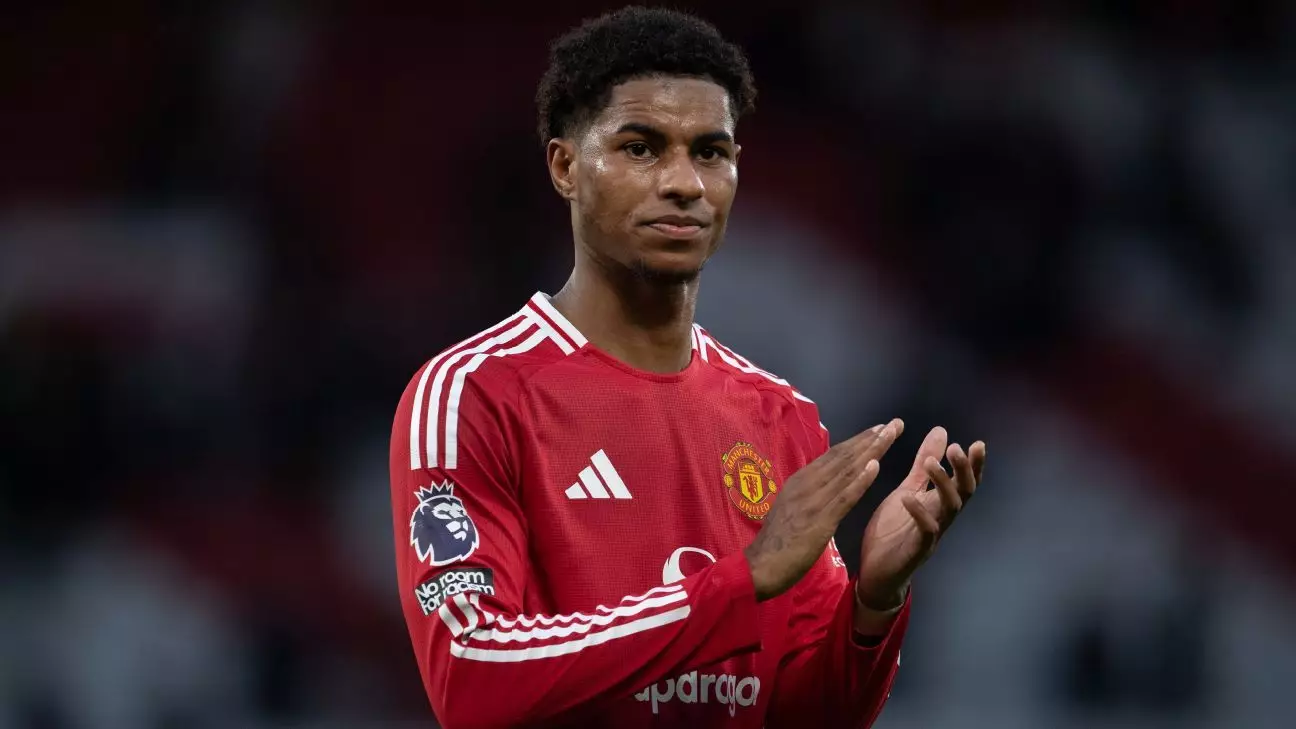As the Premier League transfer window opened on Wednesday, January 2, 2025, clubs across England find themselves at a critical juncture. With the date set for closure looming—11 p.m. GMT (6 p.m. ET) on February 3, 2025—teams are eager to bolster their rosters for both immediate and future campaigns. This period is not unique to the Premier League; it is a common theme across other leagues in Europe, albeit with varying opening and closing dates. In Spain and Italy, for instance, the window opens on January 1 and closes two hours later than the Premier League’s cut-off, highlighting the complexity of player movements across borders.
The financial dynamics of the transfer window are always a point of interest, notably after last year’s marked decline in overall spending by Premier League clubs, which reached a stark £100 million ($127.7m) in January 2024—down from the record £815 million spent in January 2023. This economic tightening can largely be attributed to the lingering effects of the COVID-19 pandemic, which drastically reshaped financial strategies within football clubs. The only prior instance of such a subdued window, excluding the pandemic year, occurred in January 2012 with a mere £60 million spent.
While Premier League spending saw a decline, the overall financial picture in Europe shifted, with the top five leagues witnessing an increase—from €255 million in January 2023 to €455 million in January 2024. This contrasts with the recent Premier League trend, which suggests a potential strategic recalibration by clubs as they balance financial prudence with the competitive need for improved player quality.
Key Players Under Speculation
With the transfer window now open, a flurry of speculation surrounds some of the Premier League’s most notable talents. The future of Manchester United’s Marcus Rashford, who expressed a desire for a “new challenge,” raises eyebrows. Having been at United since age seven, Rashford’s feelings of disappointment—intensified after being dropped for a crucial derby match—signal a possible departure, catalyzing interest from other clubs eager to snatch up his considerable talent.
Yet, Rashford is not alone in facing uncertainties about his contract situation. The fates of Liverpool’s Mohamed Salah, Trent Alexander-Arnold, and Virgil van Dijk hang in the balance, as all three players have contracts expiring at the end of the current season. This precarious situation opens the door for non-English clubs to approach them for pre-contract agreements—should no extensions be forthcoming. Such scenarios not only raise questions about Liverpool’s immediate future but emphasize the broader implications for squad stability amidst relentless competition.
Adding to the mix, Manchester City’s Kevin De Bruyne is also in a similar predicament, raising the stakes further as discussions surrounding his future unfold. The ramifications of these potential moves resonate throughout the Premier League, with clubs navigating the intricacies of contract negotiations against the backdrop of an evolving football economic landscape.
As teams begin vacationing from the festive league matches, the urgency of contract situations becomes even more pronounced. Clubs not only must consider the immediate implications of retaining star players but also weigh the long-term consequences of letting them seek greener pastures. As interest mounts for players like Rashford and Salah, the strategies deployed by clubs during this transfer window could define their trajectories for seasons to come.
The Premier League transfer window presents a unique opportunity for clubs to recalibrate and solidify their ambitions in both domestic and international competitions. While the previous year’s subdued spending is a critical learning point, current speculation around marquee players indicates a renewed vitality in strategic recruiting. As the clock ticks down towards the February deadline, clubs, players, and fans alike hold their breath, anticipating a season that can be dramatically altered by the choices made within this fleeting period.

